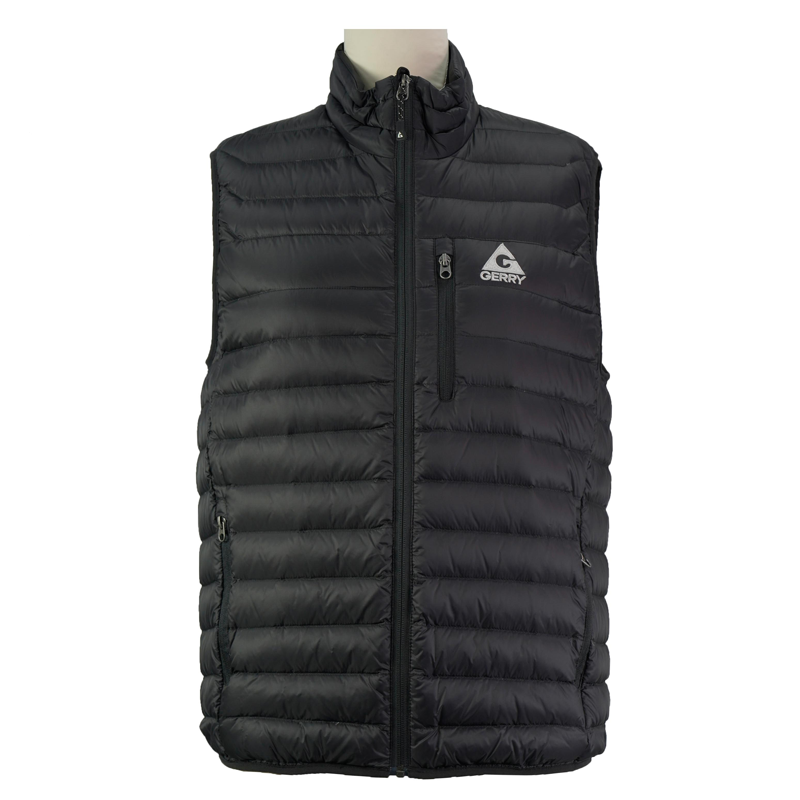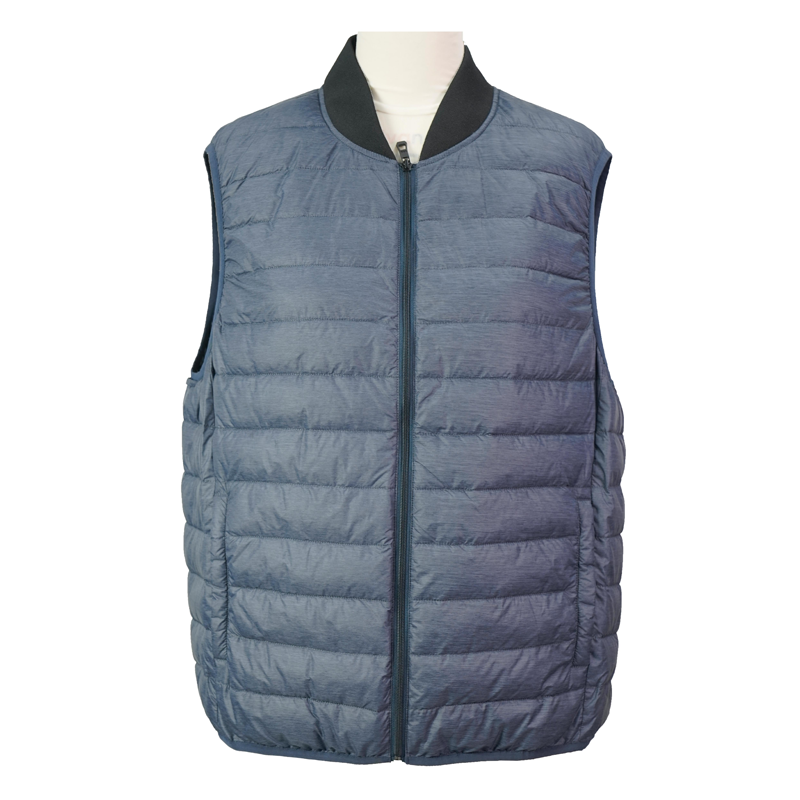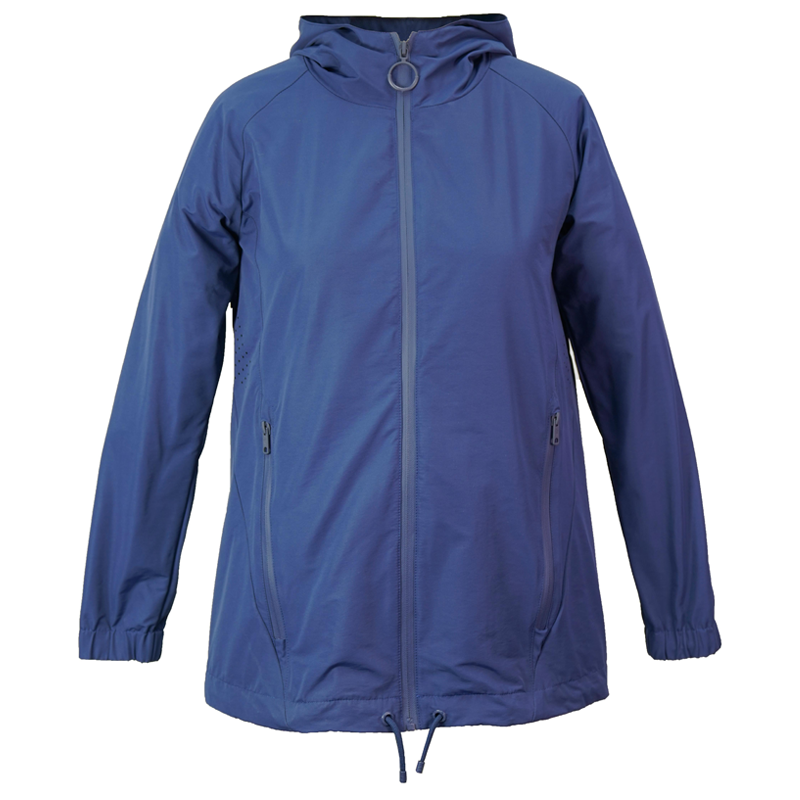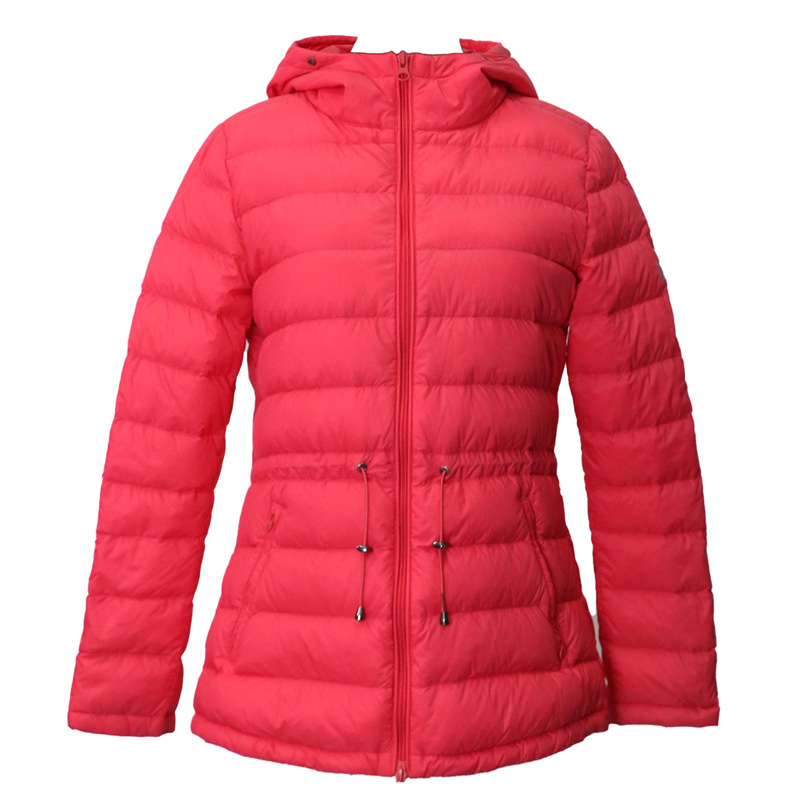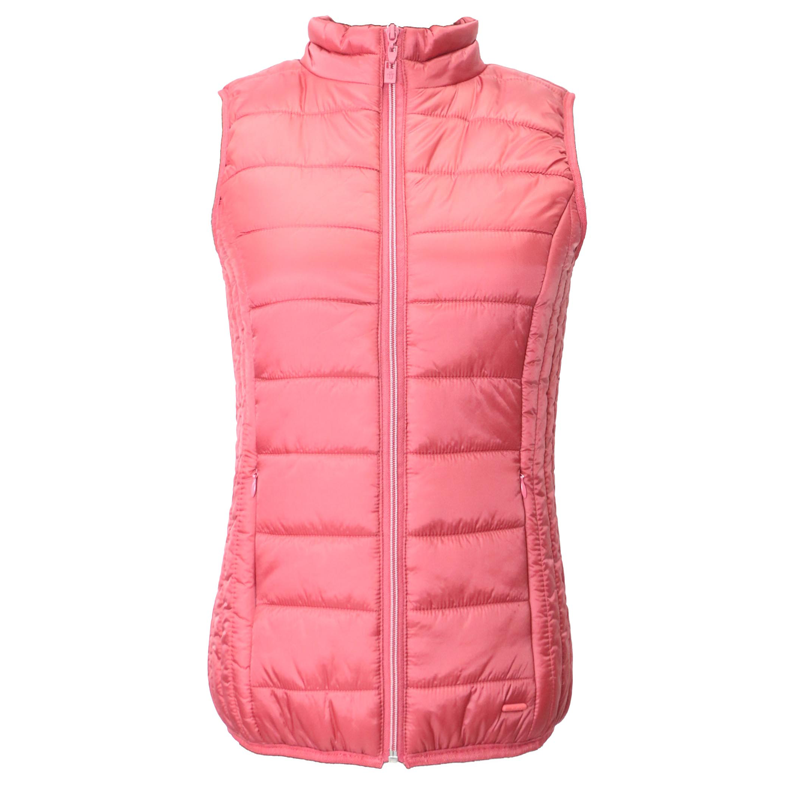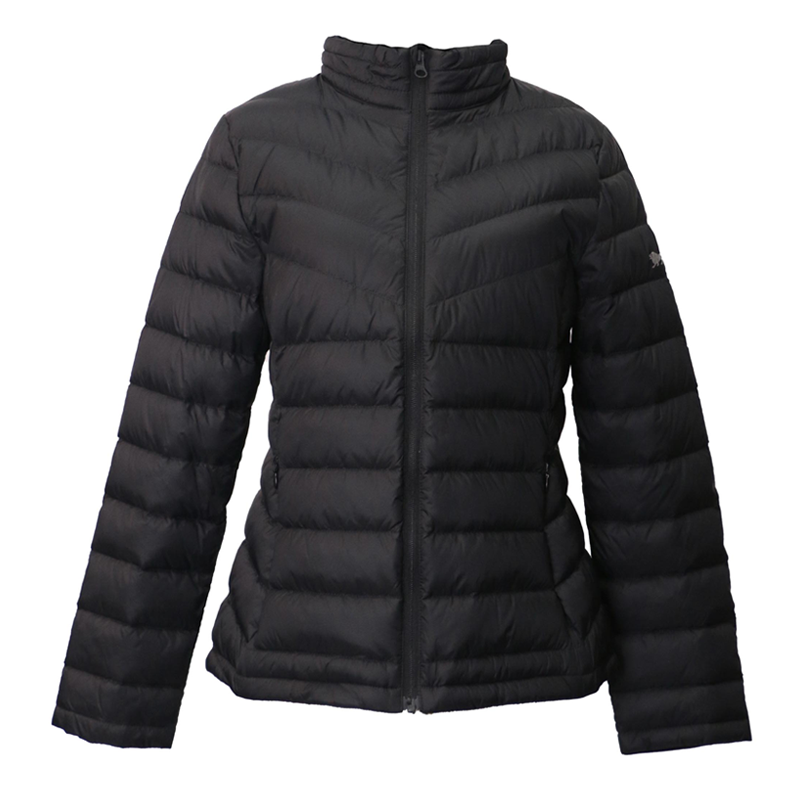When it comes to winter outerwear, down jackets and puffer jackets are among the most popular choices for their warmth, style, and versatility. Though these terms are sometimes used interchangeably, there are distinct differences between them that can impact your decision based on the warmth, weight, durability, and cost. In this article, we’ll explore the differences between down and puffer jackets, compare specifications, examine technical features, and provide guidance on when to choose each type based on your needs.
Understanding Down Jackets
A down jacket is insulated with the soft, fluffy plumage found beneath the feathers of ducks or geese. This natural down acts as an exceptional insulator, trapping heat and creating a warm layer of air around the wearer.
Key Features of Down Jackets:
Insulation Material: Made with real down from birds, which is incredibly lightweight and highly effective at retaining heat.
Warmth-to-Weight Ratio: Down offers one of the best warmth-to-weight ratios, meaning it provides significant warmth without adding much weight.
Packability: Down compresses easily, making down jackets highly packable for travel and outdoor activities.
Durability: With proper care, down jackets tend to last a long time, making them a valuable investment for winter gear.
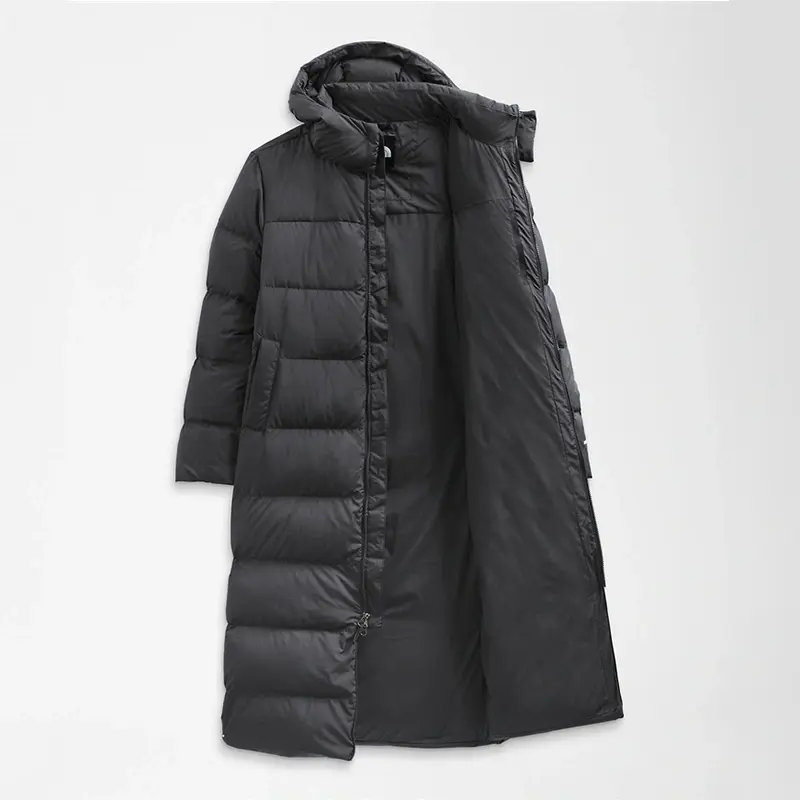
Understanding Puffer Jackets
A puffer jacket, on the other hand, refers to a style rather than a specific insulation type. Puffer jackets are characterized by their quilted, “puffy” appearance, created by stitching in sections. This design is used for both down-insulated and synthetic-insulated jackets, so the term "puffer" is more about the look than the filling material.
Key Features of Puffer Jackets:
Versatile Insulation: Puffer jackets can be filled with either down or synthetic insulation.
Quilted Design: The quilted design helps evenly distribute insulation, minimizing cold spots and enhancing warmth.
Broad Range of Options: Available in many styles, materials, and thicknesses, from lightweight options to heavy-duty winter coats.
Down Jacket vs. Puffer Jacket: Side-by-Side Comparison
| Feature | Down Jacket | Puffer Jacket |
|---|---|---|
| Insulation | Natural down (duck or goose) | Can be either down or synthetic |
| Warmth | Extremely warm, especially in cold, dry climates | Varies; synthetic puffer jackets are warmer when wet |
| Weight | Lightweight, easy to carry | Slightly heavier if synthetic |
| Compression | Compresses easily, highly packable | Compressibility depends on insulation type |
| Durability | Long-lasting with proper care | Synthetic-filled puffers may degrade faster |
| Water Resistance | Loses warmth when wet unless treated | Synthetic puffers retain warmth when wet |
| Price | Generally more expensive due to natural down | Lower-cost options available with synthetic |
| Style | More minimal, focused on warmth | Quilted “puffy” look, more style variations |
Technical Specifications Comparison
1. Insulation Efficiency
Down Jackets: Down insulation is rated by its “fill power,” typically ranging from 400 to 900. The higher the fill power, the warmer the jacket. Higher fill power also means better compression and lighter weight.
Puffer Jackets: Synthetic puffers use materials like polyester or Primaloft, rated by “GSM” (grams per square meter). Higher GSM indicates greater insulation, though synthetic insulation does not compress as well as down.
2. Warmth-to-Weight Ratio
Down Jackets: Known for an excellent warmth-to-weight ratio, making them highly efficient at retaining warmth with minimal bulk.
Puffer Jackets: Synthetic insulation offers decent warmth but generally weighs more than down, affecting its warmth-to-weight ratio.
3. Moisture Resistance
Down Jackets: Natural down loses its insulating power when wet, unless it has been treated with a water-resistant coating.
Puffer Jackets: Synthetic insulation maintains its insulating ability when wet, making it better suited for wet or damp conditions.
4. Durability and Maintenance
Down Jackets: Require careful maintenance; washing down jackets can be challenging and often requires special detergents.
Puffer Jackets: Easier to clean and maintain, especially synthetic puffers, which are machine-washable and more resilient to frequent washing.
Price Comparison
Down Jackets
Higher price range due to the cost of down feathers and the complex processes involved in sourcing, cleaning, and using natural down. Expect to pay $150–$500+ depending on fill power and brand.
Puffer Jackets
The price varies widely depending on the insulation. Synthetic-filled puffer jackets are generally more affordable, ranging from $50–$200. Down-insulated puffer jackets, especially those with high fill power, can also reach the price range of traditional down jackets.
Down Jacket vs. Puffer Jacket: Pros and Cons
Both down jackets and puffer jackets are popular choices for cold weather, but they have different strengths and weaknesses. Here’s a breakdown of the pros and cons for each type to help you make an informed choice.
Down Jacket
Pros:
Exceptional Warmth-to-Weight Ratio: Down insulation provides maximum warmth without adding much weight, making it ideal for very cold climates.
Highly Compressible: Down jackets can be packed down into a small size, making them great for travel and outdoor activities.
Long-Lasting: With proper care, down jackets tend to be more durable than synthetic options, often lasting for many years.
Natural Insulation: Made from the fluffy undercoating of ducks or geese, down is a natural and effective insulator.
Cons:
Loses Insulation When Wet: Unless treated with a water-resistant coating, down loses its insulating ability when exposed to moisture, making it less ideal for wet climates.
More Expensive: Due to the cost of natural down and complex manufacturing processes, down jackets tend to be more expensive.
Requires Special Care: Down jackets need gentle cleaning with specific detergents and care, which can be time-consuming and costly.
Allergic Reactions: Some people may have allergies to natural down, limiting its suitability.
Puffer Jacket (Synthetic Insulation)
Pros:
Water-Resistant Insulation: Synthetic insulation maintains its warmth even when wet, making puffer jackets a better option for wet or damp climates.
More Affordable: Synthetic-insulated puffer jackets are generally less expensive than down jackets, making them a budget-friendly choice.
Easy Maintenance: Puffer jackets with synthetic fill are easier to clean and maintain, as they are typically machine-washable and don’t require special detergents.
Ethical Choice: Since synthetic insulation doesn’t rely on animal products, it’s a good choice for those who prefer cruelty-free materials.
Cons:
Lower Warmth-to-Weight Ratio: Synthetic insulation is bulkier and heavier than down for the same level of warmth, making synthetic puffer jackets less efficient for extreme cold.
Less Durable: Synthetic fill tends to degrade faster than down, especially with frequent washing, so puffer jackets may have a shorter lifespan.
Less Compressible: Synthetic puffer jackets don’t pack down as compactly as down jackets, which can make them less convenient for travel.
Limited Warmth in Extreme Cold: Synthetic insulation is generally not as warm as high-fill-power down, so it may not provide sufficient warmth in extremely cold conditions.
Summary Table
| Feature | Down Jacket | Puffer Jacket (Synthetic) |
|---|---|---|
| Warmth-to-Weight Ratio | Excellent – very warm with minimal weight | Moderate – bulkier for the same warmth |
| Moisture Resistance | Poor – loses insulation when wet | Good – retains warmth even when wet |
| Durability | High – long-lasting with proper care | Moderate – synthetic insulation can degrade faster |
| Compressibility | High – packs down easily | Moderate – less compressible |
| Price | Higher – generally more expensive | Lower – generally more affordable |
| Maintenance | Requires special care and detergents | Easy to clean, often machine-washable |
| Ethical Consideration | Animal-derived, may not align with ethical choices | Vegan-friendly, cruelty-free |
| Best For | Dry, cold climates; activities requiring lightweight warmth | Wet, humid climates; everyday wear |
How to choose down jacket and puffer jacket?
Choosing Based on Pros and Cons
Choose a Down Jacket if:
You need high warmth with minimal bulk for cold, dry conditions.
You’re planning to use it for activities where weight and packability matter, like hiking or backpacking.
You’re looking for a long-term investment and don’t mind spending more initially.
Choose a Puffer Jacket (Synthetic) if:
You live in a wet or damp climate where you need a jacket that retains warmth even when exposed to moisture.
You want an affordable, easy-to-maintain jacket for everyday use.
You’re looking for a vegan or cruelty-free option.
By weighing these pros and cons, you can choose the jacket that best suits your climate, activities, budget, and personal preferences. Both down and synthetic puffer jackets offer distinct advantages, so the best choice depends on your specific needs and lifestyle.
When to Choose a Down Jacket
A down jacket is ideal if:
You’re in a Dry, Cold Climate: Down jackets are excellent for extremely cold and dry conditions as they provide superior warmth.
You Want Lightweight, Packable Warmth: If you need a jacket that is easy to pack and won’t add extra weight, down jackets are perfect for travel and outdoor activities like backpacking.
You’re Looking for Longevity: Down jackets, with proper care, tend to have a long lifespan, making them a valuable investment.
Best Situations for Down Jackets:
Dry winter conditions: If you live in or are visiting areas with dry winters and low precipitation, a down jacket will serve you well.
Outdoor Adventures: For hiking, camping, or mountaineering in cold, dry climates, down jackets are popular due to their lightweight insulation and compressibility.
When to Choose a Puffer Jacket
A puffer jacket is ideal if:
You’re in a Wet or Damp Climate: Synthetic insulation retains warmth when wet, making synthetic puffer jackets a good choice for places with wet winters.
You Need a Budget-Friendly Option: Synthetic puffers are generally more affordable than down jackets, offering a budget-friendly choice for cold weather.
You Want a Range of Styles: Puffer jackets come in many styles, from lightweight and sporty to more padded and fashion-forward, allowing for more flexibility in style.
Best Situations for Puffer Jackets:
Damp or Humid Winter Conditions: Synthetic puffer jackets are better for climates with wet snow or frequent rain as they retain warmth when wet.
Daily Casual Wear: Synthetic puffers are ideal for everyday use in cities, where durability and easy maintenance are important.
Versatile Styling Needs: If you want a more fashionable look, puffer jackets come in a variety of quilted designs and colors, making them a versatile choice.
Choosing Based on Activity and Lifestyle
Outdoor Enthusiast: If you’re into hiking, backpacking, or camping in cold, dry climates, invest in a high-fill-power down jacket for optimal warmth, weight, and packability.
City Dweller: For daily urban wear, a puffer jacket with synthetic insulation is practical, affordable, and easy to clean.
Traveler: For travelers needing to pack light, a down jacket offers great compression. However, if traveling to a wet climate, a synthetic puffer may be more suitable.
Conclusion: Down Jacket or Puffer Jacket?
In summary:
Choose a down jacket if you’re looking for maximum warmth with minimal weight, primarily in dry conditions.
Choose a synthetic puffer jacket if you need a more budget-friendly, moisture-resistant option, or if you prefer a variety of style options.
Both down and puffer jackets have unique advantages and limitations, so your choice should ultimately depend on your climate, activities, and budget. Regardless of your decision, investing in the right jacket for your needs will ensure you stay warm and comfortable throughout the colder seasons.
196.webp)
427284.webp)
